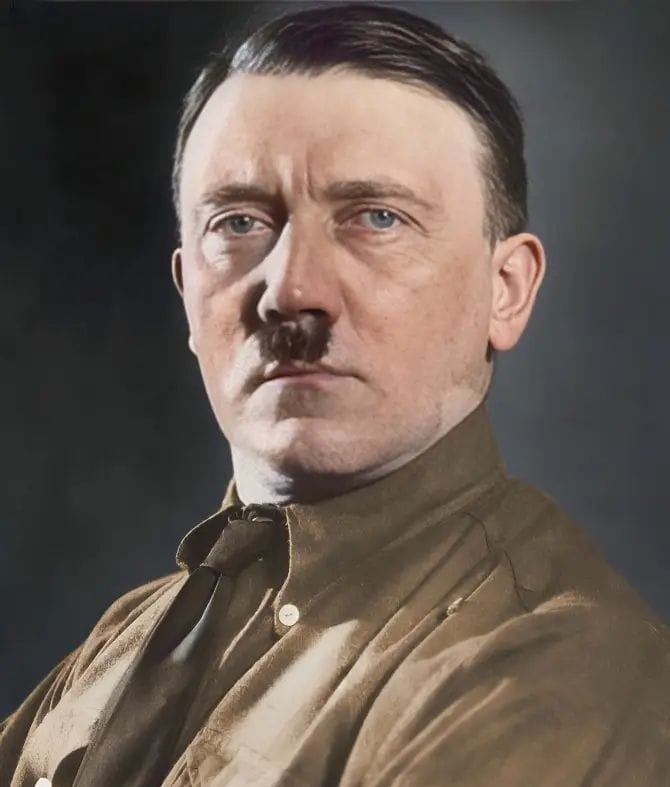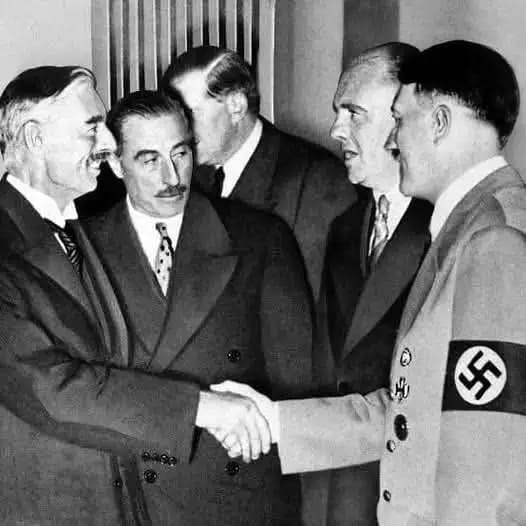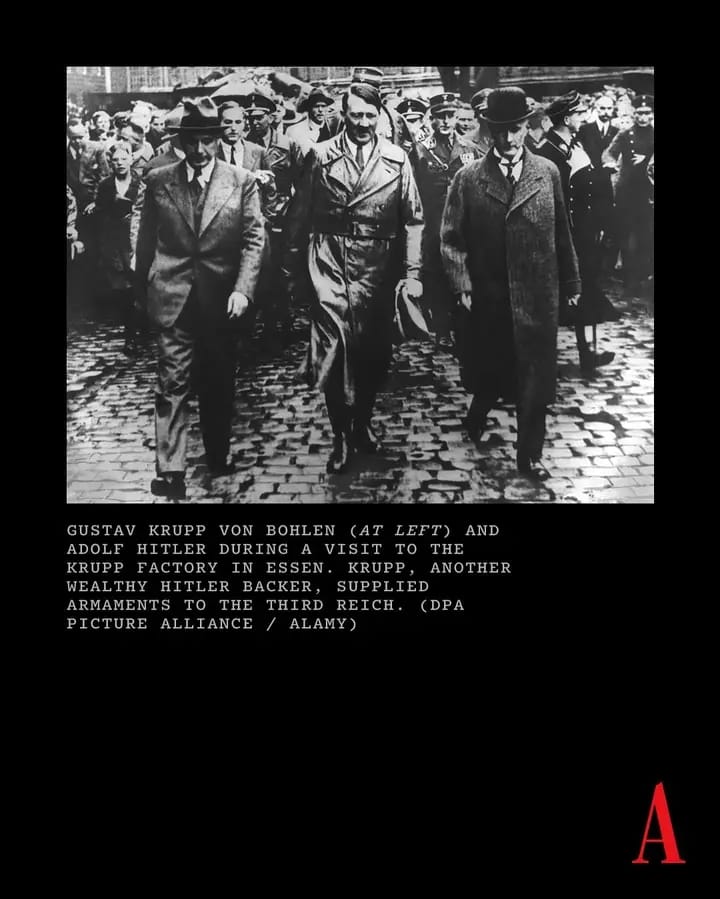
OBSCURITY TO TYRANNY: THE GERMAN HISTORICAL DICTATOR ADOLF HITLER WHO MANOUVORED SUCCESSFULLY FROM SCRATCH TO POWER.
Early Life and Civilian Background (1889–1919):
Adolf Hitler was born on April 20, 1889, in Braunau am Inn, Austria-Hungary (modern-day Austria), to Alois Hitler and Klara Pölzl. He was the fourth of six children, though only Adolf and one sibling survived into adulthood. His early life was marked by a strict father and a deeply affectionate mother. Hitler was an unremarkable student and dropped out of school at 16. He aspired to be an artist, and in 1907 and 1908, he applied to the Academy of Fine Arts in Vienna but was rejected both times. After his mother’s death in 1907, he lived a bohemian lifestyle in Vienna, supported by an orphan’s pension and the sale of watercolor paintings. During this period, he developed many of the ideological views that would later shape his politics, including strong German nationalism, deep antisemitism, and anti-Marxist sentiments. While in Vienna, he came into contact with radical nationalist and racist ideas that were gaining traction in the declining Austro-Hungarian Empire

In 1913, Hitler moved to Munich, Germany, partly to avoid military service in the Austrian army. However, when World War I broke out in 1914, he volunteered to serve in the German army. He served as a messenger on the Western Front and was wounded twice. Hitler received the Iron Cross, Second and First Class, which he wore proudly for the rest of his life. His wartime experience deeply influenced him; he later described it as the happiest period of his life, despite the horrors of war. The 1918 German defeat, and especially the Treaty of Versailles, left Hitler feeling betrayed and disillusioned—feelings that would fuel his later political ambitions. He blamed Jews, Marxists, and politicians for Germany’s collapse, a narrative that became central to his ideology.
Political Rise and Ideological Development (1919–1933):
After the war, Hitler remained in the army and was assigned to a military intelligence unit in Munich. In this role, he was tasked with infiltrating political groups seen as subversive. One such group was the German Workers’ Party (DAP), a small nationalist and anti-communist organization. Hitler quickly became attracted to their ideology and joined in 1919. By 1920, he had become one of its most active members and helped rename it the National Socialist German Workers’ Party (NSDAP), or Nazi Party. His skills as a public speaker drew growing crowds, and he became the face of the movement. In 1923, emboldened by Mussolini’s march on Rome, Hitler led a failed coup known as the Beer Hall Putsch in Munich. The attempted overthrow of the Weimar government was crushed, and Hitler was arrested and sentenced to five years in prison, of which he served less than one.
During his imprisonment in Landsberg Prison, Hitler dictated the first volume of Mein Kampf (“My Struggle”) to his close associate Rudolf Hess. The book laid out his vision of racial purity, Aryan supremacy, German nationalism, and his hatred of Jews and Marxists. Although poorly written and initially unsuccessful, Mein Kampf became a key Nazi ideological text. After his release in 1924, Hitler focused on gaining power legally through elections rather than by force. Throughout the late 1920s, the Nazi Party expanded its reach, capitalizing on economic instability, hyperinflation, and resentment over the Versailles Treaty. The 1929 Great Depression further eroded public confidence in the Weimar Republic, and the Nazi Party gained mass support by offering scapegoats and promising national renewal.
Path to Power and Civilian Image (1930–1933):
By the early 1930s, Hitler had become a national figure. In the 1932 presidential elections, he ran against Paul von Hindenburg and lost, but with significant support. His growing popularity alarmed traditional conservative elites, who believed they could control and use him for their own purposes. In a political deal, Hitler was appointed Chancellor of Germany on January 30, 1933. This appointment marked the beginning of the end for the Weimar Republic and the start of Nazi Germany. Hitler immediately began consolidating power, using the Reichstag Fire in February 1933 as a pretext to push the Reichstag Fire Decree, which suspended civil liberties. The Enabling Act passed in March 1933 gave Hitler dictatorial powers. Over the next few years, all opposition parties were banned, trade unions dissolved, and press freedom curtailed. Through propaganda, the Nazi regime crafted a civilian image of Hitler as a messianic figure—der Führer—who would restore Germany’s greatness.


